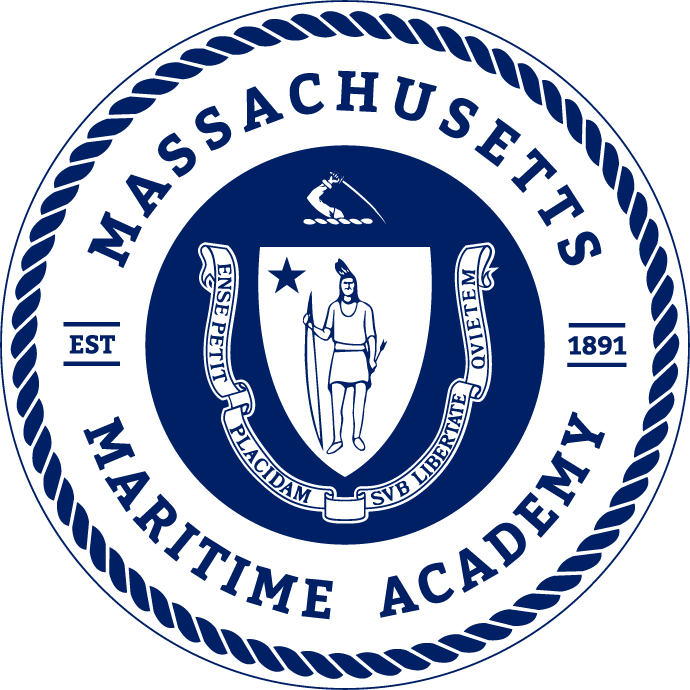Course Description
Provides American Red Cross First Aid/CPR certification and STCW Medical Care Provider certification. Provides minimum standard of proficiency for persons designated to provide medical first aid on board ship.
This course consists of 14 2-hour practicals.
STCW Objectives
Demonstrate knowledge and understanding of the following STCW elements:
- OICNW-C5.1 Ability to take effective action based on such knowledge in the case of accidents or illnesses that are likely to occur on board ship
- OICNW-C5.1 Practical application of medical guides and advice by radio,
- OICEW-D5.1 Ability to take effective action in the case of accidents or illnesses that are likely to occur on board
- OICEW-D5.1 Practical application of medical guides and advice by radio
- TOPS-X3.2 resuscitators
- TOPS-X3.4 Basic knowledge of first aid with reference to a Material Safety Data Sheet (MSDS)
- AFA-X1.01 First-aid kit
- AFA-X1.02 Body structure and function
- AFA-X1.03 Toxicological hazards on board
- AFA-X1.03 use of the Medical First Aid Guide for Use in Accidents Involving Dangerous Goods (MFAG)
- AFA-X1.04 Examination of casualty or patient
- AFA-X1.05 Spinal injuries
- AFA-X1.06 Burns, scalds and effects of heat and cold
- AFA-X1.07 Fractures, dislocations and muscular injuries
- AFA-X1.08 Medical care of rescued persons
- AFA-X1.09 Radio medical advice
- AFA-X1.10 Pharmacology
- AFA-X1.11 Sterilization
- AFA-X1.12 Cardiac arrest, drowning and asphyxia
Demonstrate proficiency in the following skills:
- MFA-1M1A Assess and treat life-threatening conditions
- MFA-1M1B Perform a detailed physical assessment
- MFA-1M2A Immobilize a victim with a spinal injury
- MFA-1M3A Immobilize and apply traction a victim with a broken femur
- MFA-1M3B Immobilize a long bone fracture
- MFA-1M4A Perform CPR
- MFA-1M4B Use a AED
- MFA-1M4C Manage obstructed airway in a conscious victim
- MFA-1M4D Manage obstructed airway in an unconscious victim
Topics
Before giving care
- Disease transmission and prevention, including onboard disposal of bio-hazardous material
- Taking Action: Emergency Action Steps
- Assessment of hazards
- Hazards of confined entry and rescue from confined spaces
- Checking an unconscious person
- Incident stress
Body Structure and Function
- Skeletal structure
- Joints, muscle groups, tendons
- Major organs
- Circulatory systems
Positioning of the Casualty
- Creating a staging area
- Moving the victim out of danger
- Recovery position and resuscitation position
Cardiac Emergencies, CPR and AED
- Background: when the heart suddenly fails
- Heart Attack and Cardiac Arrest
- How to perform Cardiopulmonary Resuscitation
- How and when to use an AED, including precautions
Breathing Emergencies
- Respiratory Distress and Respiratory Arrest
- Choking
- How to assist a conscious choking adult
- How to assist an unconscious choking adult
First Aid
- Sudden illness, including heat and cold related emergencies, and lightening injuries
- Diabetic emergencies
- Bites, stings, and poisonous plants
- Wounds and burns, especially from electricity, chemicals and other hazardous materials
- Injuries to muscle, joints and bones
- Asthma
- Anaphylaxis and epinephrine auto- injectors
- Special situations
Management of Shock
- Understands the causes of shock
- Recognizes symptoms of shock
- Applies the appropriate principles of shock management
Rescue and Transport of Casualties
- Stretcher transport
- Preparing a victim for helicopter evacuation
- Spinal injury
Onboard and Shore Resources
- The onboard hospital and medical chest
- Use of medical guides
- Use of Material Safety Data Sheets
- Practical application of medical advice by radio
- Activating EMS system
